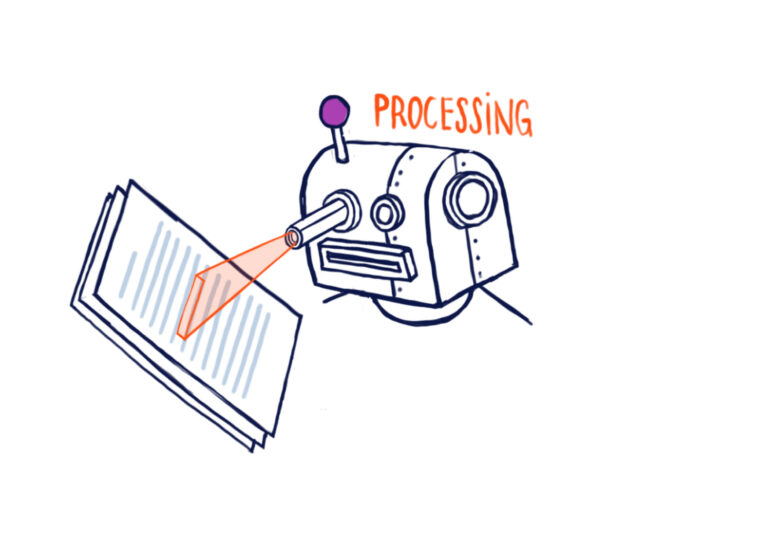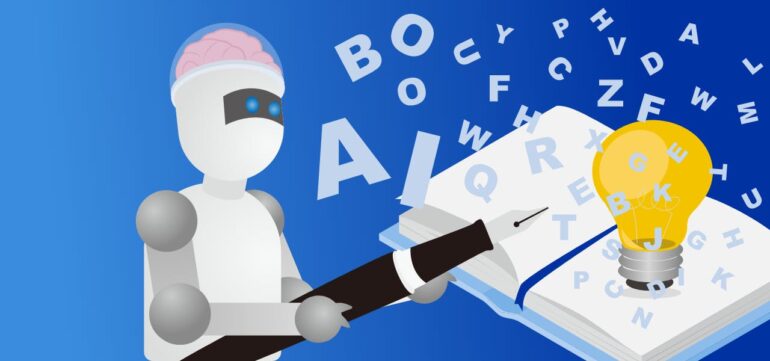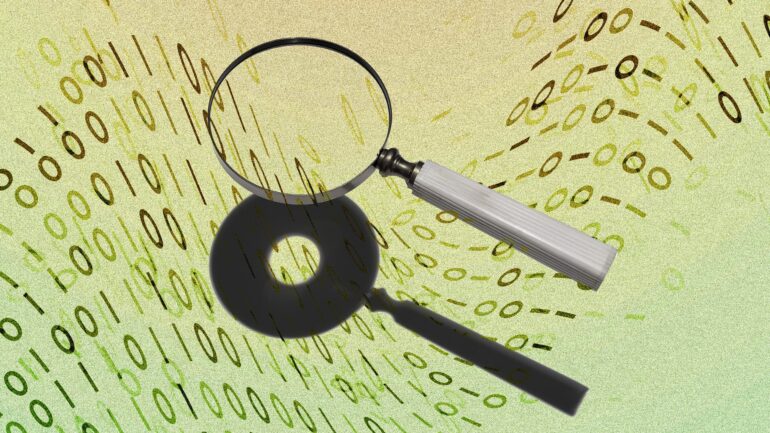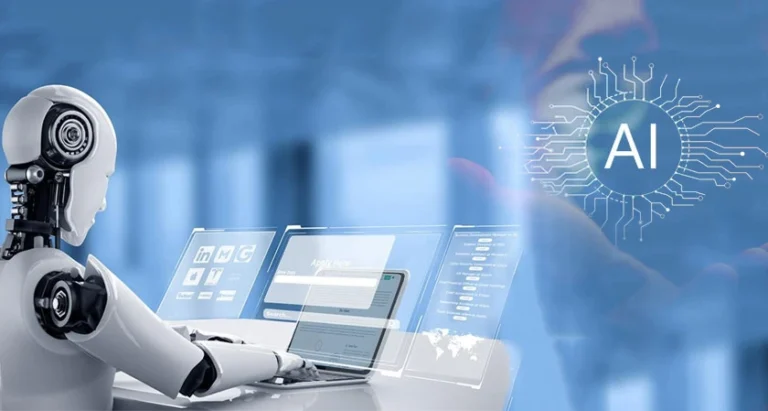Spotting AI-Generated Text – Is It Easier Than Finding a Needle in a Haystack?
AI-generated content has become more common. The rise of tools that create articles, reports, and even creative works has led to a new challenge: identifying AI-generated text. But how difficult is it to spot?
Is it truly like finding a needle in a haystack, or are there reliable methods to distinguish artificially generated content from human-written text? Let’s explore this topic and learn to spot the clues that can help you identify AI-generated text.
The Role of AI Detector Tools

As the challenge of identifying AI-generated text grows, tools have been developed to help in this task. Zero GPT is one such tool, widely recognized for its ability to analyze text and detect artificially generated content. These tools use algorithms to scan text for signs that suggest it was produced by artificial intelligence rather than a human.
These tools examine various factors, including word choice, sentence structure, and overall coherence. By comparing the text to patterns commonly found in artificially generated content, the tool can estimate the likelihood that artificial intelligence wrote the text.
However, it’s important to remember that artificial intelligence detector tools, while helpful, are not foolproof. They provide an indication but cannot guarantee absolute accuracy.
Recognizing the Patterns
AI models are designed to replicate human writing by analyzing large amounts of text data. They produce content by predicting what words should come next in a sentence. The result can be highly polished text that reads like it was written by a human. However, certain patterns can reveal the true origin of the text.
Repetition is one such pattern. Artificial intelligence often repeats phrases, words, or even entire sentences because it relies on probability rather than true creativity. It sometimes struggles to vary language in the way a human would. For instance, an AI might repeatedly use the same phrase when describing something, which can make the text feel monotonous or overly formal.
Another clue lies in the level of creativity. AI-generated content can seem too perfect, lacking the quirks and unique voice of a human writer. Artificial intelligence struggles to break out of established patterns, leading to content that feels predictable or unoriginal. This lack of creativity is often the result of AI sticking too closely to its training data, without the ability to introduce truly new ideas or perspectives.
The Importance of Context

Context plays a critical role in determining whether AI generated a text. AI models can produce text that is contextually appropriate, but they lack true understanding. For example, artificial intelligence can write an article about a technical topic using correct terminology, but it might miss the nuances that a human expert would include.
When reading a text, consider the depth of insight and the connection between ideas. Artificially generated content might present facts correctly but struggle to link them in a meaningful way. If a text seems disjointed or lacks a clear narrative, it could be a sign that it is generated. The absence of a personal touch or unique viewpoint often points to AI involvement.
It might also fail to consider cultural or situational context. For instance, it might use idioms or expressions incorrectly, leading to awkward or out-of-place phrases. Humans tend to write with an awareness of the audience and the broader context, something AI struggles to replicate.
Spotting Errors and Inconsistencies
AI-generated text is not immune to errors, though they differ from typical human mistakes. AI errors often involve logic, coherence, or context rather than simple spelling or grammar mistakes. It might contradict itself within the same text or make illogical connections between ideas.
An AI might describe something in one way in one paragraph and then contradict itself in another. This inconsistency occurs because it generates text based on probabilities rather than understanding. Humans usually write with a consistent voice and logic, while AI might struggle to maintain this consistency throughout a longer piece.
Another common error involves overuse of certain phrases or concepts. Artificial intelligence might latch onto a particular word or idea and repeat it excessively, leading to a text that feels repetitive or redundant. Human writers typically vary their language and ideas, making it’s repetitive nature a potential giveaway.
The Subtle Signs
Artificially generated text often lacks the subtleties that characterize human writing. Humans write with a sense of nuance, using language that reflects personal experience, emotions, and creativity. AI can mimic the form of human writing, but it often falls short when it comes to capturing these subtleties.
It might struggle to use humor or sarcasm effectively. It might generate text that sounds stiff or overly formal when a more casual tone would be appropriate. Similarly, AI might use clichés or generic phrases, which can make the text feel uninspired or flat.
It’s limitations also extend to its handling of complex or abstract concepts. Humans can explore these ideas with depth and originality, while artificial intelligence might produce content that feels surface-level or formulaic. If a text lacks depth or seems to avoid challenging topics, it could be another sign.
Human Judgment in AI Detection

Despite the advancements in AI detection tools, human judgment remains a crucial component of the process. Tools for detection can provide valuable insights, but they should be used in conjunction with careful reading and analysis. Human readers can spot subtleties and inconsistencies that might escape even the most advanced detection tools.
When assessing a text, trust your instincts. If something feels off or unnatural, it’s worth investigating further. Consider the overall tone, style, and structure of the text. Does it feel consistent? Does it reflect a unique voice or perspective? If the answer is no, there’s a chance that AI generated the content.
The combination of AI detection tools and human judgment provides the best approach to identifying artificially generated text. By staying aware of the patterns and signs that AI might leave behind, you can make more informed decisions about the authenticity of the content you encounter.
Conclusion
Spotting AI-generated text is not as difficult as finding a needle in a haystack, but it does require careful attention to detail. By recognizing the patterns, using AI detection tools, and applying human judgment, you can identify artificially generated content with a reasonable degree of confidence.
The key lies in understanding the limitations of AI and looking for the subtle signs that reveal its presence. As AI continues to evolve, so too must our methods for detecting it. The challenge is ongoing, but with the right tools and awareness, it is possible to navigate the increasingly blurred line between human and AI-generated content.


